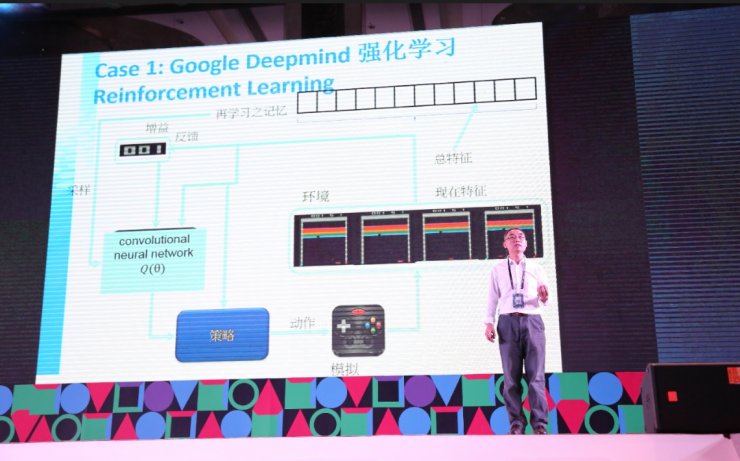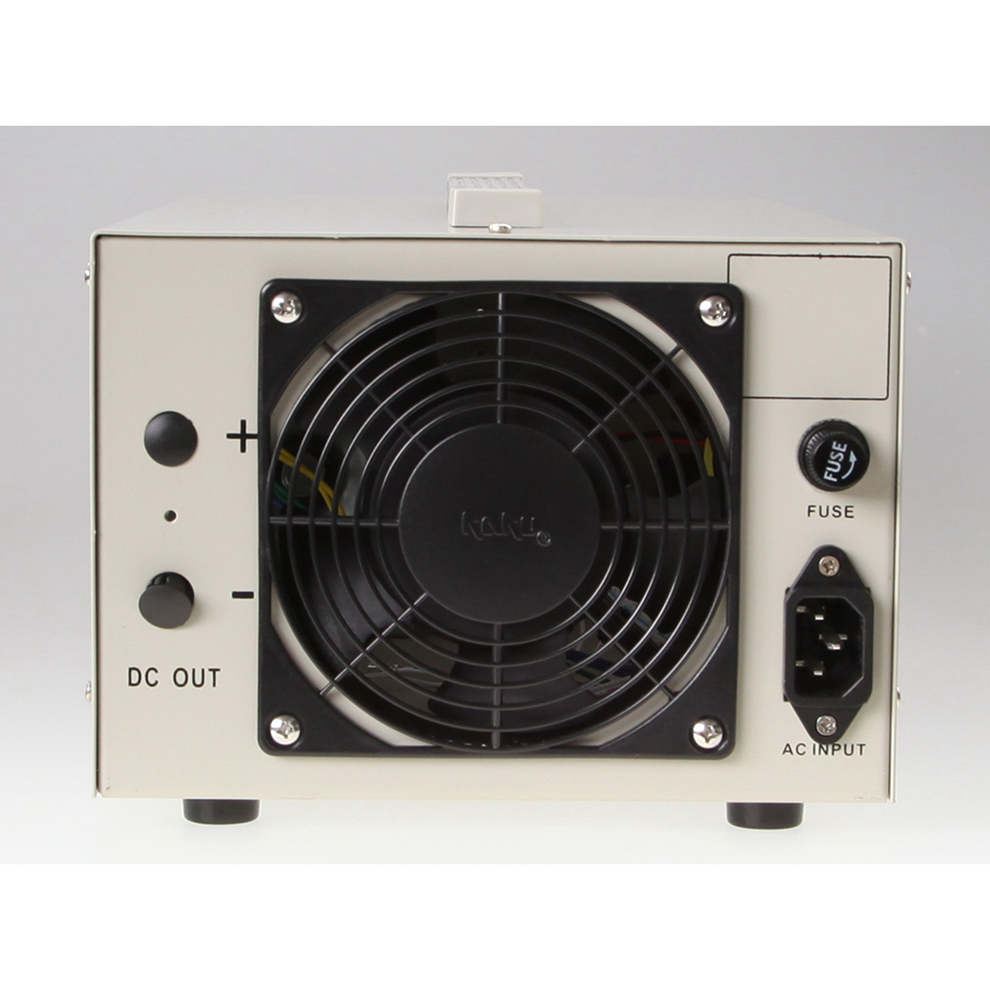
Two branches of artificial intelligence: one is science and one is application.
In the field of artificial intelligence science, people always have a question: Does the machine think? For the past 60 years, computer experts have been working hard to answer this question. In the area of ​​artificial intelligence applications, the question explored by researchers is how it affects people.
Yang Qiang mentioned that AI's success has five major requirements:
Clear business model
High quality big data
Clear problem definition and field edges
Understanding the cross-border talent of artificial intelligence, good at applications and algorithms
Calculate ability
Artificial intelligence has made great achievements in machine learning and deep learning. In addition, another technology is beginning to apply: reinforcement learning. Reinforcement learning not only can learn people's behavior, but also can use delayed feedback better. Afterwards, whether people can invent a new learning method and can use the big data model in small data, Yang Qiang mentioned migration learning. Migration learning is a combination of deep learning and reinforcement learning.
Three-layer structure algorithm system
The current human-computer interaction dialogue system includes chat and function categories. On the technical level, this kind of dialogue system is divided into two types. The first one that emerged was the rule-based system. These are just like in the field of symbols, and its benefits are very accurate. However, the problem is that it is difficult to expand and it is not sensitive to data. In addition, it cannot cope with many different accidents, so the academic community is concerned with machine learning algorithms.
For machine learning algorithms, Yang Qiang believes that the latest algorithm model after deep learning is a sandwich-type three-tier structure: the first layer is recursive deep learning, and the second layer above this has a reinforcement learning device. The third level is migration learning, which can migrate an existing model to a new area.
Recursive deep neural network RNN ​​(deep learning)
Reinforcement learning RL
Migration Learning TL

Can we use a mature human-computer interaction dialogue system algorithm model in other fields? Yang Qiang performed a live action to put the dialogue system into the robot response. Later, he mentioned that his students had applied this system to the financial sector for stock market prediction. When people grasp a certain area, applying it to other areas is the role of transfer learning.
Personalized migration
Deep learning is inseparable from big data. Reinforcing learning focuses on feedback, but it is also inseparable from big data. Big data is inseparable from big companies. When other companies do not have big data, what should they do?
Yang Qiang made a point
Big data designed models are used for small data, and its byproducts are personalization. This is the purpose of transfer learning.
With this system, if there is no need to collect large amounts of data in other areas, it is sufficient to apply the model directly. After similar people learn to ride a bicycle, they almost learn to ride a motorcycle.
There are two types of migration learning: sample migration and feature migration. Its application scenario is as follows:
Model-based migration: For example, image recognition, training thousands of tops. The greater the similarity, the greater the probability of migration.
Migration between social networks: Migrating thousands of people's big data models to someone.
In the end, Yang Qiang pointed out that there are many areas of artificial intelligence. One of the most successful areas to date is machine learning. A basic concept of machine learning is to learn the laws from the often repeated phenomena in the data, so that the reality is simply repeated and cumbersome. The work is given to replace it.
SMP series Benchtop DC Power Supplies are economical, MOSFETs-based, high switching speed, high power density DC power supplies built in bench chassis with output power covering 300W ~ 6KW, and maximum voltage up to 800VDC.
Compared with IGBT-based DC switching power supplies, MOSFET-based switching power supplies have a higher switching frequency, making this series Benchtop DC power supplies can use smaller semiconductor devices and LC filter units while ensuring low ripple, high precision, and fast response characteristics of the Power Supplies DC output. Which gives more space to use a smaller chassis size at the same output power, resulting the high-power density feature of this series Bench DC power supplies.


The main design purpose of this series of Bench DC power supplies is to fulfill the needs of small test systems for miniaturization, high power density, and rack mountable. At present, this series of Rack DC Power Supplies uses rack-mounted chassis for all models above 1KW, some models below 1KW still adopt desktop chassis to match laboratory applications, they are mainly used in LED testing, small electroplating, heating of new materials, electrical component testing and other applications.
Bench DC Power Supplies, Desktop DC Power Supplies, Bench Switching Power Supplies, Benchtop AC DC Power Supplies, Bench AC-DC Supplies
Yangzhou IdealTek Electronics Co., Ltd. , https://www.idealtekpower.com